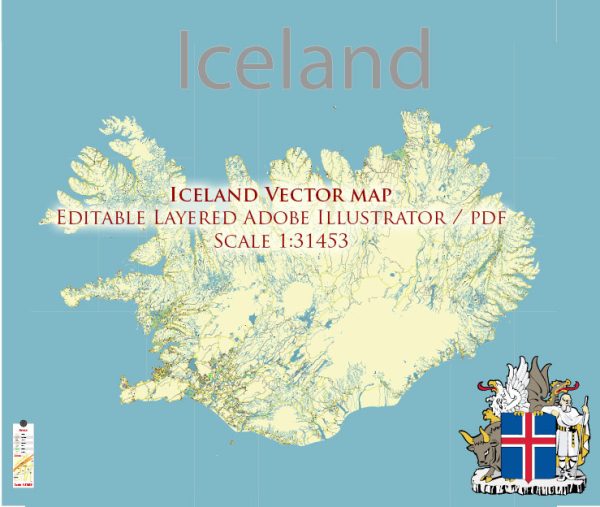Iceland’s history is a fascinating tale of a small island nation that has developed a unique cultural and political identity over the centuries. Here’s a brief overview of Iceland’s history:
- Settlement and Viking Age (9th-10th centuries):
- The first known inhabitants of Iceland were Irish monks, but it was the Norse who settled the island around the 9th century. These Viking settlers, primarily from Norway, brought their language, culture, and governance system to the island.
- The Althing, established in 930, is one of the world’s oldest parliaments, where early Icelanders gathered to make laws and resolve disputes.
- The Commonwealth Era (10th-13th centuries):
- During this period, Iceland enjoyed relative autonomy, although it was politically connected to Norway and later Denmark. It had its own legal system, the “Grágás” (Grey Goose), and a rich literary tradition, with the sagas being the most famous examples.
- Norwegian and Danish Rule (13th-19th centuries):
- In the 13th century, Iceland came under Norwegian rule and later became part of the Kalmar Union (with Denmark and Norway).
- The Reformation in the 16th century led to the adoption of Lutheranism as the state religion, and the Catholic Church’s influence waned.
- Danish rule became more centralized and repressive in the 17th and 18th centuries, resulting in economic hardship for Icelanders.
- Struggle for Independence (19th-20th centuries):
- The 19th century saw a growing nationalist movement in Iceland. The Danish-Icelandic Act of Union in 1918 granted Iceland limited autonomy within the Kingdom of Denmark.
- Full independence was achieved on December 1, 1918, with Iceland becoming a sovereign state in a personal union with the Danish monarchy.
- During World War II, Iceland was occupied by British and later American forces to prevent a possible German invasion. The United States maintained a military presence on the island during the war and beyond.
- The Republic of Iceland (1944-Present):
- On June 17, 1944, Iceland declared itself a republic, breaking its ties with the Danish monarchy. This date is celebrated as Iceland’s National Day.
- In the post-war period, Iceland underwent rapid modernization and became a prosperous nation, largely thanks to its fishing industry.
- The 2008 financial crisis hit Iceland hard, resulting in economic turmoil and political changes.
- In recent years, Iceland has gained international recognition for its environmental policies and commitment to renewable energy sources.
- Today, Iceland is known for its stunning natural landscapes, a thriving cultural scene, and a high standard of living. Reykjavik, the capital, is the largest city and cultural center of the country.
Iceland’s history is marked by its unique language, sagas, and a sense of independence and resilience that has allowed this small island nation to forge its own path in the world.


 Author: Kirill Shrayber, Ph.D.
Author: Kirill Shrayber, Ph.D.